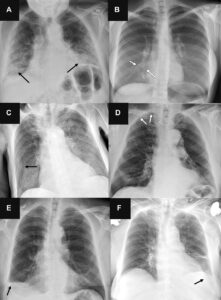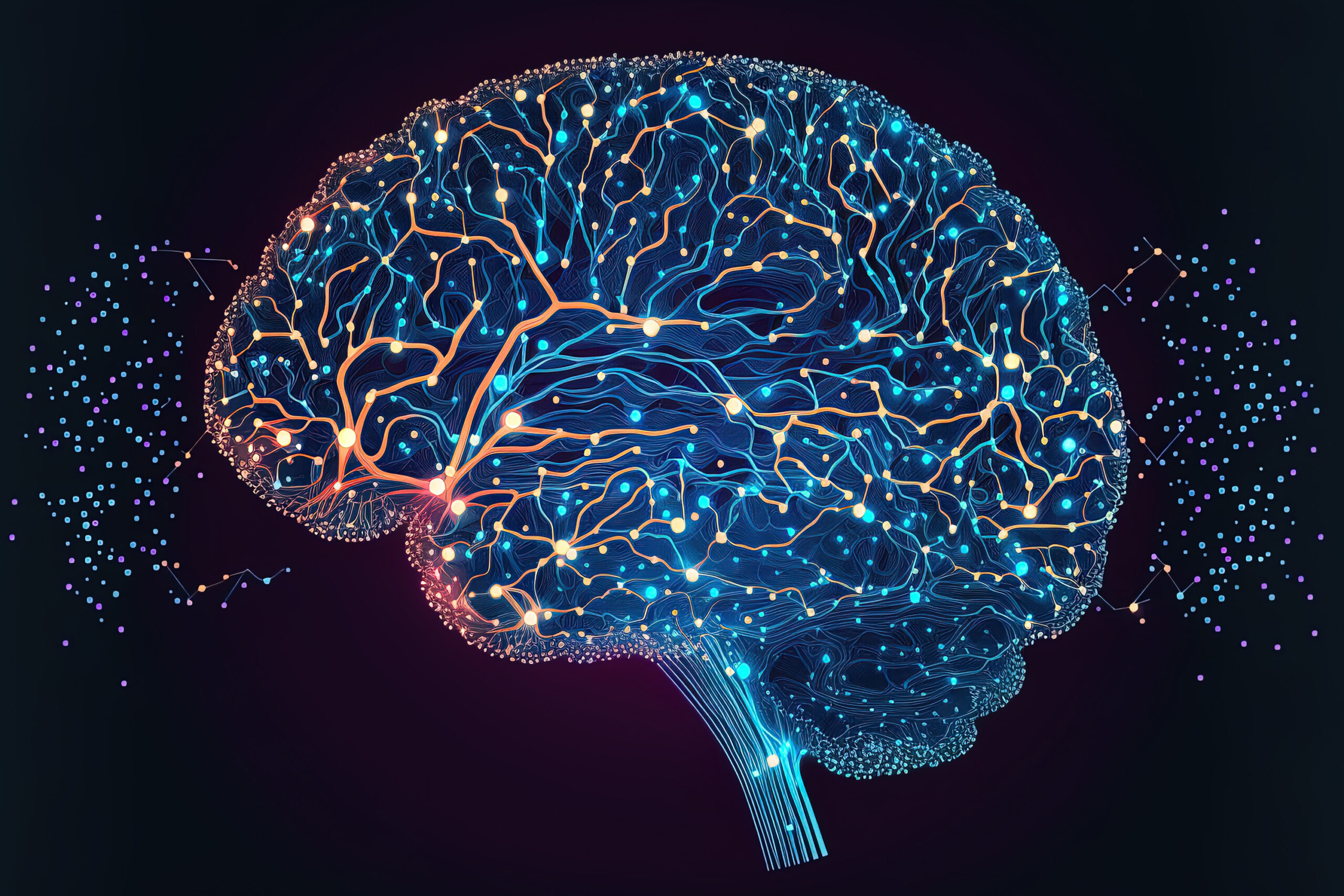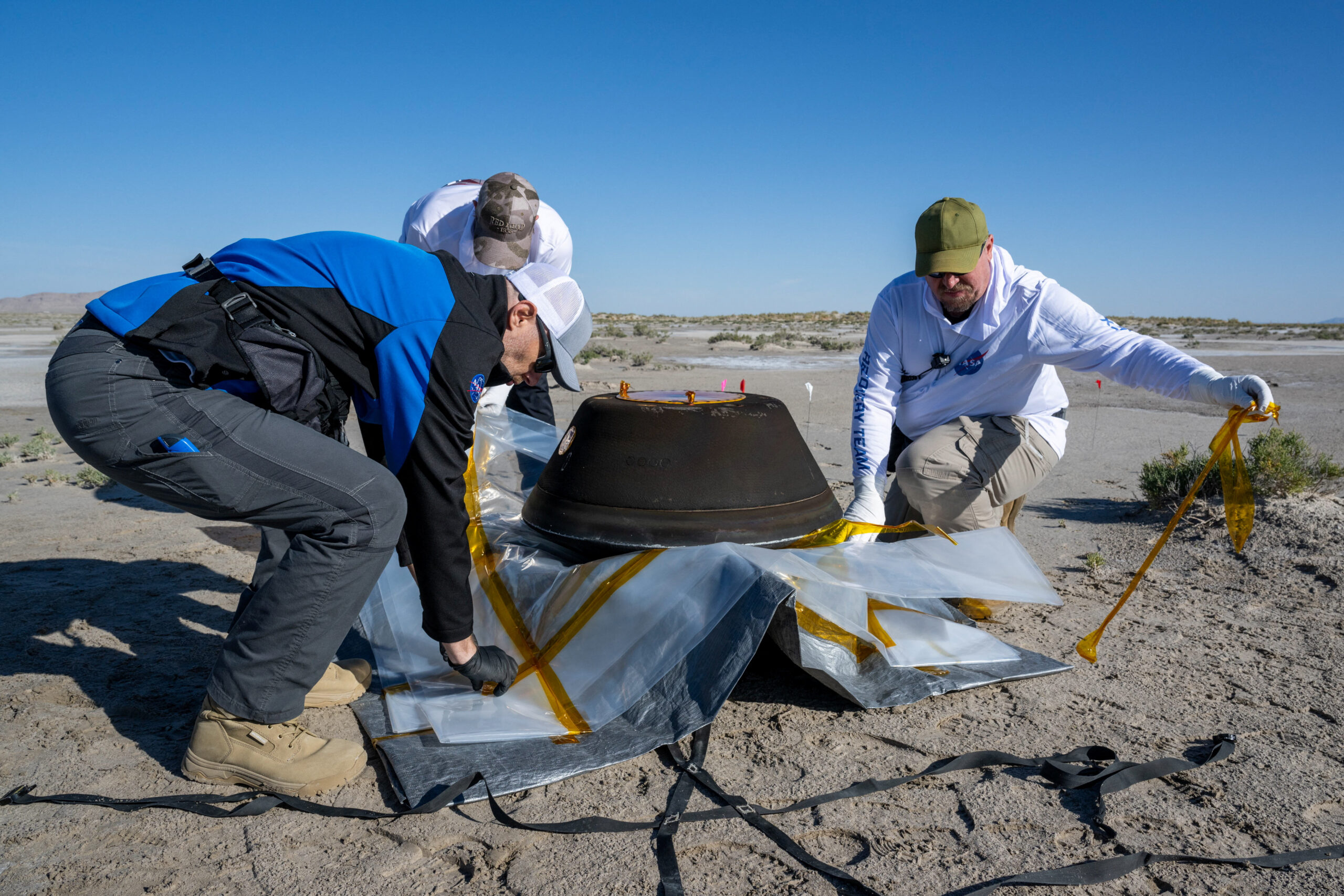Radiologists Outperform AI in Identifying Lung Diseases on Chest X-ray
In a recent study published in the journal Radiology, it was found that radiologists have shown better accuracy than artificial intelligence (AI) in identifying common lung diseases through chest X-rays. The study, conducted by the Radiological Society of North America (RSNA), analyzed over 2,000 chest X-rays to compare the performance of radiologists and AI in detecting the presence or absence of lung diseases.
The Radiologists’ Superiority
The results of the study revealed a clear pattern – radiologists outperformed AI in accurately identifying lung diseases. They displayed greater sensitivity and specificity compared to the AI tools used. Sensitivity refers to the ability to correctly identify positive cases, while specificity relates to correctly identifying negative cases.
The chest X-rays analyzed in the study included cases of fibrosis, airspace opacity, skin folds, pneumothorax, chronic rounding of the costophrenic angle, and pleural effusion. In each of these cases, radiologists consistently showed higher accuracy rates than the AI tools used for comparison.
One particularly notable finding was the AI tools’ failure to detect a very subtle left-sided pleural effusion in a chest X-ray of a 76-year-old female patient. The radiologists, however, were able to identify this condition correctly. This highlights the importance of human expertise in the field of radiology.
Importance of Radiologists in the Age of AI
Artificial intelligence undoubtedly brings numerous advancements and efficiencies to various fields, including healthcare. However, remembering that AI is a tool and cannot entirely replace human expertise is essential. Radiologists play a critical role in accurately interpreting chest X-rays and diagnosing lung diseases.
The study’s findings emphasize the value of radiologists’ experience and knowledge in making correct diagnoses. They possess the ability to consider a broader range of factors, such as the patient’s medical history and symptoms, when analyzing X-ray images. This comprehensive approach ensures accurate detection and diagnosis, leading to appropriate treatment plans.
Furthermore, radiologists possess the capability to communicate and engage directly with patients, providing them with support and understanding during the diagnostic process. Their human touch and empathy cannot be replicated by AI technology.
While AI can help in the efficiency of analyzing large volumes of medical images, it is evident that radiologists remain an indispensable component of the healthcare system. Collaboration between radiologists and AI tools has the potential to revolutionize patient care, merging the benefits of technological advancements with human expertise.
In conclusion, the study conducted by the RSNA demonstrates that radiologists still outperform AI in accurately identifying common lung diseases on chest X-rays. Their superior accuracy, experience, and comprehensive approach highlight their crucial role in the field of radiology. As technology continues to evolve, embracing collaboration between radiologists and AI can lead to improved patient outcomes and more efficient healthcare systems.




